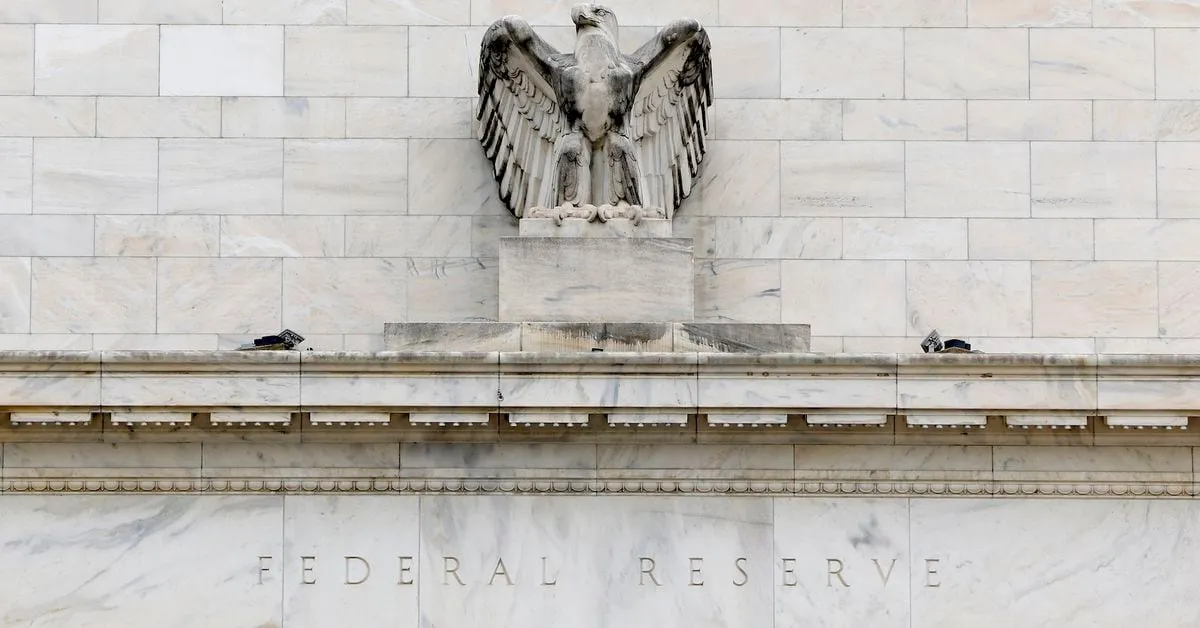Stablecoins Regulation: Why the Fed Is the Wrong Choice

Analyzing Stablecoins Regulation
The current discussion regarding stablecoins regulation highlights a strong opinion: the Federal Reserve is the wrong regulator for these assets. Given that stablecoins directly compete with the Fed's payments infrastructure, their oversight would bring up conflicts of interest.
Potential Conflicts of Interest
Stablecoins pose a challenge not only to traditional banking mechanisms but also to potential CBDCs (Central Bank Digital Currencies) that the Fed may consider deploying. By regulating stablecoins, the Fed might inadvertently suppress innovation in the crypto sector, which is trying to thrive.
- The Federal Reserve's Role: Current responsibilities and how stablecoins impact its functions.
- Market Dynamics: How competition from stablecoins affects existing financial structures.
Market Implications
Regulating stablecoins under the Federal Reserve might spark severe reactions from the market. With companies pushing for financial independence through stablecoin solutions, finding a balanced regulatory environment is crucial for promoting economic growth.
This opinion piece dives into the repercussions of handing regulatory power to an institution with such vested interests. For further insights and a deep dive into this complex subject, please consult our source.
This article was prepared using information from open sources in accordance with the principles of Ethical Policy. The editorial team is not responsible for absolute accuracy, as it relies on data from the sources referenced.